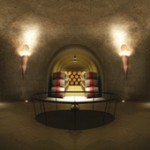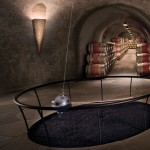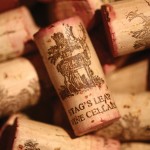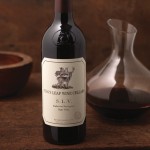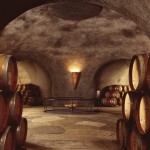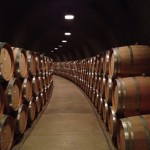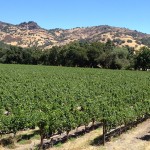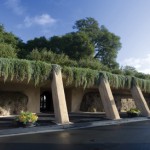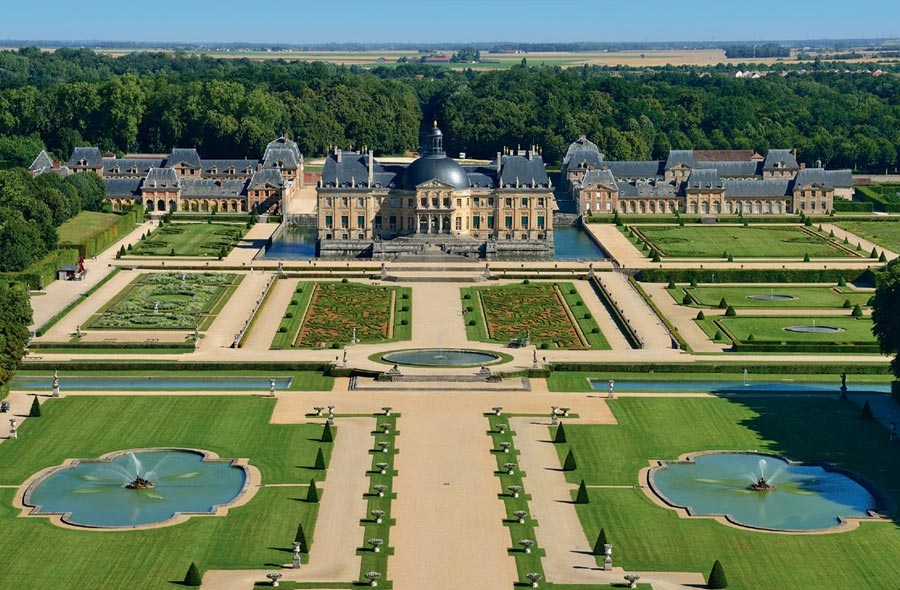
Today, California wines have the reputation of being some of the best wines in the world and their vintners have absolutely no qualms about comparing their wines with the best Bordeaux and Burgundy vintages from France.
In the early 1970s, small wine growers from Northern California, including the now iconic Stag’s Leap Wine Cellars, had very simple lives and were not thinking about international sales nor that one day when their wines would be tasted by some of the best wine industry professionals on the planet. That is, until the legendary 1976 Paris tasting, or the “Judgment of Paris” as it became known, which had a revolutionary effect on California’s wine industry.
On May 24, 1976, a wine tasting took place in Paris that changed the world’s view of California wines forever. The French wines were first along with other classified-growth red Bordeaux and white Burgundies. In this blind taste-testing, they were matched against California Cabernet Sauvignons and Chardonnays, and the unthinkable happened. The 1973 Stag’s Leap Wine Cellars S.L.V. Cabernet Sauvignon – the first vintage produced with grapes from vines a mere three years old – was judged the best. The Cabernet had bested four top-ranked Bordeaux, including first-growths Château Mouton-Rothschild and Château Haut-Brion.
Thirty-seven years later, Stag’s Leap Wine Cellars winemaker, Marcus Notaro, says that the historic 1976 Paris tasting put Stag’s Leap Wine Cellars, the Napa Valley, and even California on the world wine map. Through the years, the reputation of Stag’s Leap Wine Cellars has continued to grow and today is one of America’s most recognized and collected wineries. Along the way, the winery has remained focused on creating elegant wines with great extraction and full, pure fruit flavors.
Stag’s Leap Wine Cellars has also become one of the world’s most highly regarded winery estates. Its two historic estate vineyards in the Stags Leap District produce Cabernet Sauvignon that truly reflects the place where it is grown. The FAY, S.L.V. and CASK 23 estate-grown Cabernets are known for their long-term aging potential and are made in their signature house style. They are exceptionally refined wines that offer a balance between richness and elegance, softness and structure.
Since Ted Baseler, president and CEO of Ste. Michelle Wine Estates purchased the winery in 2007 in partnership with Italian Marchesi Antinori, their focus has been on enhancing the quality of the wines and preserving the legacy of this benchmark producer. They have been investing in every aspect of the winery, including adding enhanced temperature control in the cellar and technology like the Mistral berry-sorting system, as well as undergoing vineyard replanting – all with the goal of crafting exceptional wines. With these pieces in place, they believe it’s time to continue their investment in the winery and commitment to Napa Valley by giving Stag’s Leap Wine Cellars’ customers a tasting experience that matches the world-class wines being produced.
When you get a chance to tour the winery and the cellars, it is a feast for the eyes as well as the palate. Beyond the art of winemaking, Stag’s Leap Wine Cellars is a showcase for artisans of many forms, from the architectural creativity of the caves and arcade, to the 17th century original paintings of ancient celestial maps, to the more whimsical sculpture of The Greeter.
In 2014, Stag’s Leap Wine Cellars will open a state-of-the-art visitor center. World-renowned Barcelona-based architect Javier Barba created the design to take advantage of the stunning views of the estate vineyards and the Stags Leap Palisades, as the mountain and its legend are central to the Stag’s Leap Wine Cellars story.


